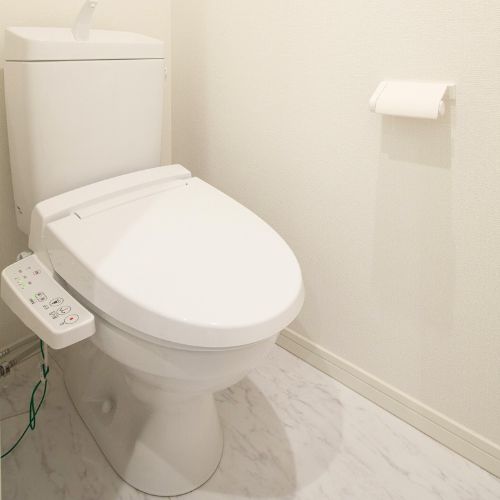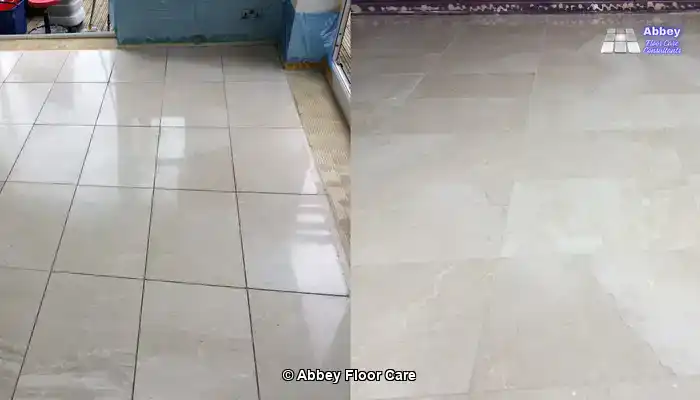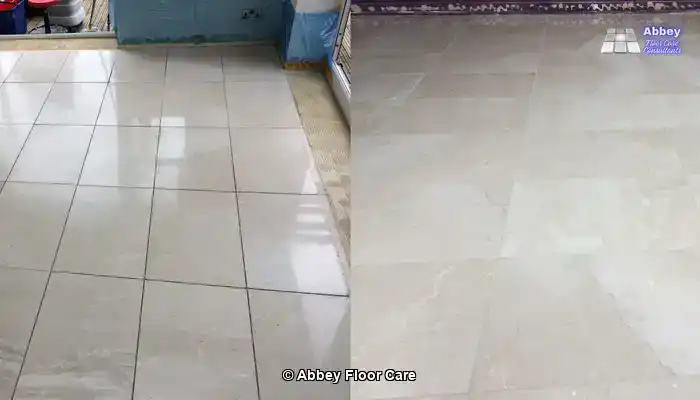
Last Updated on November 6, 2025 by David
Is Complete Restoration of Marble to Its Original Elegance Possible?

Essential Marble Care Techniques for UK Homeowners
Marble is a highly sought-after material known for its elegance and sophisticated aesthetic appeal, making it a favored choice among homeowners. However, over the years, it can lose the captivating clarity, vibrant colour, and lustrous shine that initially attracted homeowners. Many individuals encounter issues like scratches, dull patches, etch marks, and stubborn stains, leading them to wonder if their beloved marble can ever regain its original “like new” appearance. This comprehensive guide explores the attainable outcomes of marble restoration, clarifying its limitations while offering valuable tips for maintaining these results over time. Whether contending with acid damage, significant wear, or a fatigued surface, understanding the restoration process will empower you to make informed decisions about your stone’s future.
Understanding the Meaning of “Like New” in Marble Restoration

Restoring Marble's Original Shine, Clarity, and Colour
When homeowners express a desire for their marble to look “like new,” they often refer to the original shine and clarity — particularly the way light beautifully interacts with the surface, showcasing the stone's natural colour depth. An effective restoration process can recreate this stunning effect by meticulously removing surface damage while achieving a refined finish. The outcome is a floor that appears vibrant, smooth, and impeccably clean, often indistinguishable from a newly installed slab. It’s essential to recognize that achieving this level of restoration necessitates expertise and the right techniques to ensure long-lasting results.
Identifying Cosmetic Wear Versus Structural Damage in Marble
It is crucial to differentiate between cosmetic wear and deeper structural issues when assessing your marble. Surface scratches, dullness, and light etching can typically be remedied through honing and polishing techniques. However, more severe problems such as cracks, chips, and internal discoloration may not completely disappear. Restoration can significantly enhance the visible and tactile aspects of the marble, yet it does not reconstruct the stone itself. A clear comprehension of these distinctions will help set realistic expectations, ensuring satisfaction with the final outcome.
Understanding the Limitations of Marble Restoration: What Can and Cannot Be Fixed?

Effectively Addressing Deep Scratches, Chips, and Acid Etching in Marble
Restoration processes can efficiently eliminate most surface-level damage, including scratches and mild etching caused by acidic substances, such as lemon juice or vinegar. These marks can dull the finish and obscure the stone’s clarity. However, honing and polishing techniques can typically restore a smooth, reflective surface. Deep scratches and chips will necessitate more intensive methods, such as grinding or filling. While the overall appearance can improve dramatically, some flaws may persist, remaining faintly visible depending on their depth and location within the stone.
Recognizing Signs of UV Damage and Internal Discoloration in Marble
Marble exposed to strong sunlight over time may experience fading or yellowing, which can significantly impact its aesthetic appeal.
Here’s a breakdown of why this occurs:
UV Ray Damage (Fading): Sunlight, particularly its ultraviolet (UV) rays, can cause the natural pigments within the stone to fade over time. This photochemical reaction results in the colour becoming less vibrant or appearing “washed out.” This effect is especially noticeable in specific marble colours.
-
- <a href=”https://www.abbeyfloorcare.co.uk/home-garden/travertine-floor-cleaning-service-expert-solutions/”>Yellowing</a>: Yellowing in white marble often occurs due to prolonged exposure to UV light, which accelerates the natural discolouration process.
- Iron Oxidation: Many types of white marble contain trace amounts of iron. When exposed to moisture and oxidizers (like the air or water), this iron can rust, a process that sunlight and heat can intensify, leading to yellow or brown discolouration.
- Surface Degradation: UV rays can also deteriorate any sealants or resins applied to the marble, resulting in a yellowing effect and dulling the surface’s overall appearance.
While marble is recognized as a durable material, it is more vulnerable to UV-induced changes than harder stones, such as granite or quartzite. This is particularly relevant for marble used in outdoor settings or indoor locations that receive prolonged, intense, direct sunlight (for instance, a sunny windowsill or near a large, unshaded window).
To effectively safeguard your marble surfaces, it is often recommended to utilize:
- UV-resistant sealants that protect the surface from harmful rays
- Shades, blinds, or curtains for indoor installations
- Proper placement to limit exposure to direct sunlight.
While restoration can enhance the surface appearance, it cannot reverse color changes that have originated beneath the surface of the marble.
Insights from Before and After Images of Marble with Iron Oxide Stains


In situations like these, the objective shifts from achieving a “like new” appearance to creating a cleaner, more uniform finish that minimizes visual distractions while enhancing the overall aesthetic of the space.
Essential Techniques for Honing, Polishing, and Fully Restoring Marble
When Is Polishing Sufficient for Marble Restoration?
Polishing serves as a surface-level treatment aimed at restoring shine by smoothing out fine scratches and enhancing the reflectivity of the marble. It is especially effective for dull marble that has remained otherwise intact. If the stone has lost its gloss due to light wear or mild etching, polishing alone may be adequate to restore a “like new” appearance. However, it is vital to note that polishing will not address deeper flaws or rectify uneven surfaces that necessitate more thorough treatment.
When to Consider Honing or Grinding for Effective Marble Restoration?
Honing involves a more in-depth process than polishing, as it removes a thin layer of the marble to eliminate scratches, etch marks, and surface damage. For cases of more severe wear, grinding may be necessary to level the stone and reset the finish entirely. These processes are more intensive but yield dramatic results. When homeowners desire a truly fresh surface — one that looks and feels like new — honing or grinding is often the required step to achieve that level of restoration.
Comparing DIY Kits to Professional Restoration for Marble
What Results Can You Expect from DIY Kits for Marble Restoration?
DIY marble restoration kits typically include polishing powders, sealers, and basic tools designed to improve surface shine and reduce the appearance of light etching. For small areas or minor dullness, these kits offer a budget-friendly method to refresh the stone. However, it is important to understand that they seldom deliver a true “like new” finish. Without access to professional-grade abrasives and specialized machinery, deeper imperfections often remain unaddressed, leading to inconsistent results across different areas of the marble.
Why Are Professional Tools Essential in Marble Restoration Processes?
Professional restoration goes beyond basic tools, incorporating diamond abrasives, rotary machines, and graded polishing compounds that work in a staged process. This advanced equipment enables skilled technicians to level the surface, remove deep damage, and refine the finish with exceptional precision. DIY kits simply lack the power and control necessary for achieving consistent results over larger areas. For homeowners seeking a flawless, long-lasting outcome, the use of professional tools and experience can significantly impact the final appearance of the marble.
How Long Will the Restored Marble Appearance Last?
Key Steps for Sealing, Cleaning, and Managing Wear Patterns
After completing the restoration process, sealing the marble is a crucial step that helps preserve the finish by blocking moisture and reducing the absorption of stains. A high-quality sealer can provide protection for 1 to 3 years, depending on the level of foot traffic and usage. Regular cleaning of the marble with pH-neutral products while avoiding abrasive pads or acidic spills will greatly extend the life of the restored surface. In high-traffic areas, the finish may gradually dull over time, but with diligent care, the clarity and shine of the marble can be maintained for many years.
Can Restoration Be Repeated for Ongoing Marble Maintenance and Care?
Indeed, marble restoration is a repeatable process. If the surface becomes dull or scratched again, it can be rehoned and repolished to restore its former glory. However, it is crucial to note that each cycle will remove a small amount of stone, so it is advisable to avoid excessive wear between treatments. Homeowners who adhere to a consistent maintenance routine — which includes resealing and gentle cleaning — will find that restoration remains a worthwhile investment over time, keeping their marble looking beautiful and well-maintained.
Will Restored Marble Develop a Patina Over Time?
Distinguishing Between Natural Patina and Artificial Gloss in Restored Marble
Even after undergoing restoration, marble will continue to age naturally. Over time, subtle wear patterns, micro-abrasions, and environmental exposure contribute to the development of a soft patina — a gentle sheen that reflects the stone’s unique history. This natural evolution differs from the artificial gloss created through polishing and sealing. A restored surface may initially appear brand new, but as time progresses, it will regain character. For many homeowners, this evolving finish adds charm and authenticity, especially in older properties where marble is an integral part of the home’s story and aesthetic.
Frequently Asked Questions by Surrey Homeowners Regarding Marble Restoration
What Are the Typical Costs for Marble Restoration in Surrey?
The costs associated with marble restoration can vary based on numerous factors, including the size of the area, the condition of the marble, and the extent of restoration required. Light polishing tends to be more affordable compared to comprehensive grinding and honing. In Surrey, homeowners often invest in restoration when the marble is located in a highly visible area or as part of a long-term property upgrade strategy. While prices can fluctuate significantly, the true value lies in preserving the stone and enhancing the overall appeal of the home.
Can All Varieties of Marble Be Successfully Restored to a High Standard?
Most types of marble can indeed be restored, but the achievable results depend on the stone’s specific composition and current condition. Softer marbles may show wear more rapidly and respond positively to polishing techniques. Conversely, harder varieties may necessitate more aggressive honing methods. Some exotic stones, featuring heavy veining or significant colour variation, may not return to a uniform finish post-restoration. A professional assessment is vital in determining what is realistically achievable for your particular flooring.
Will the Restored Finish Match the Original Marble Installation Effectively?
The primary aim of restoration is to recreate the original finish; however, the degree of exact matching will depend on how the marble was initially installed and treated. If the stone underwent factory polishing, the restored surface may exhibit slight differences in gloss level or texture. Nevertheless, most homeowners find the end result visually consistent and significantly more appealing than the worn surface they started with. The goal emphasizes improvement rather than perfection — and in most cases, the transformation is nothing short of striking.
The Article Will Restored Marble Ever Look As Good As New first found on https://www.abbeyfloorcare.co.uk
The Article Restored Marble: Can It Achieve a Like-New Finish? appeared first on https://fabritec.org
The Article Restored Marble: Achieving a Like-New Finish Was Found On https://limitsofstrategy.com
The Article Restored Marble: Achieving a Flawless Like-New Finish First Appeared ON
: https://ad4sc.com














Leave a Reply